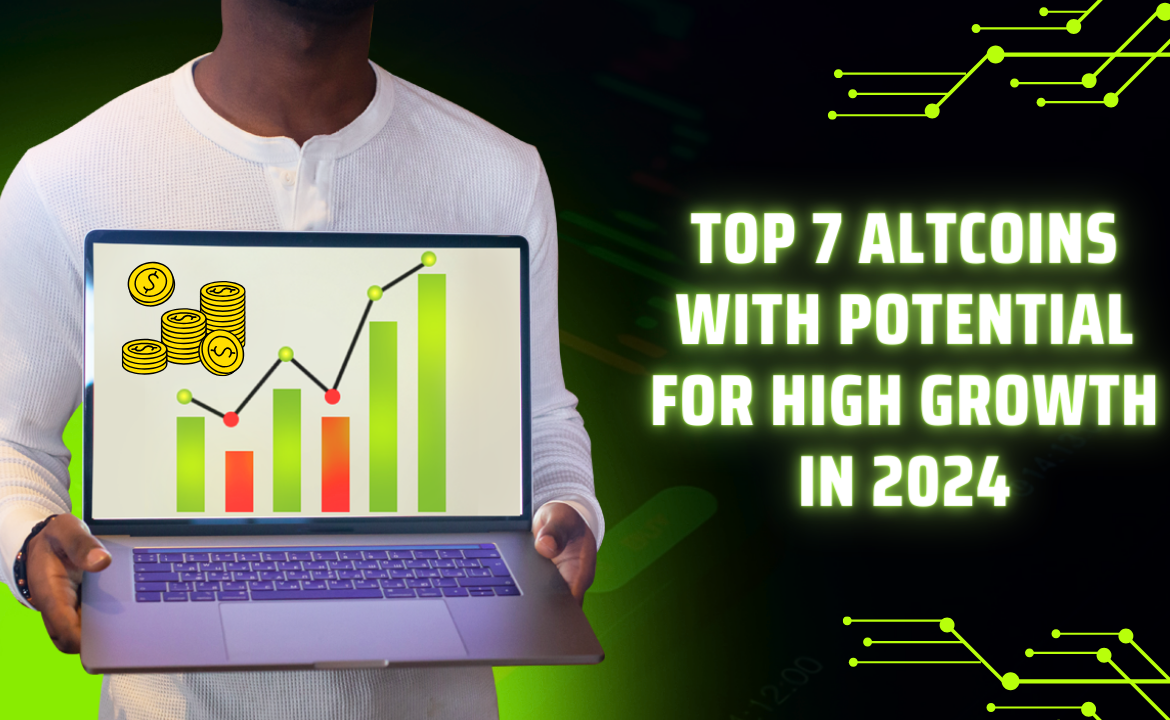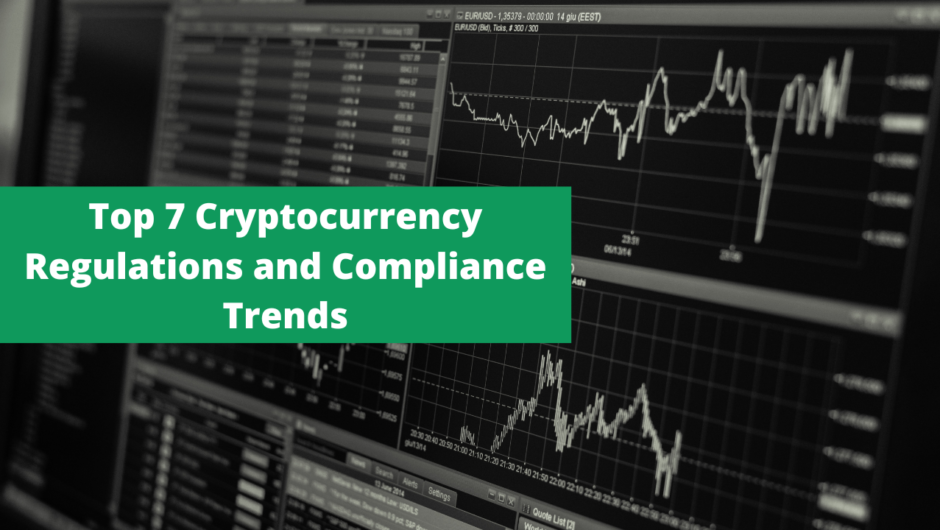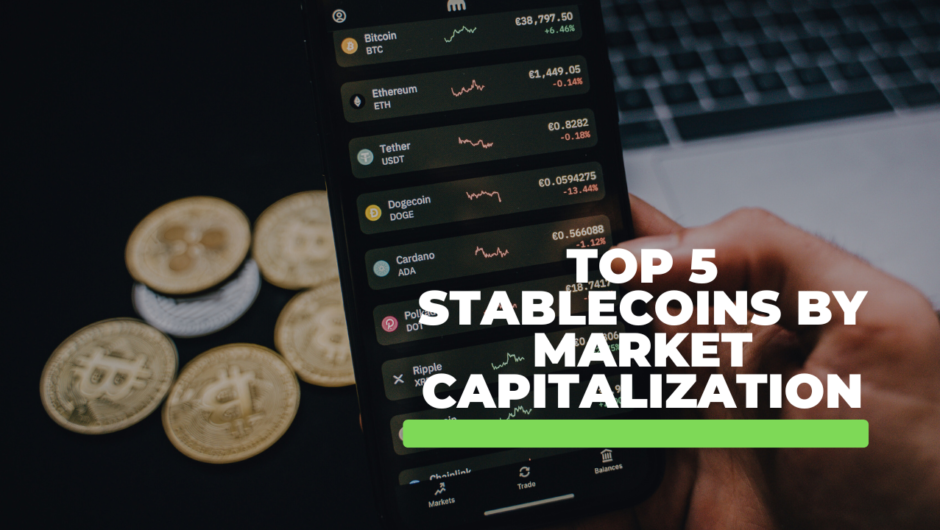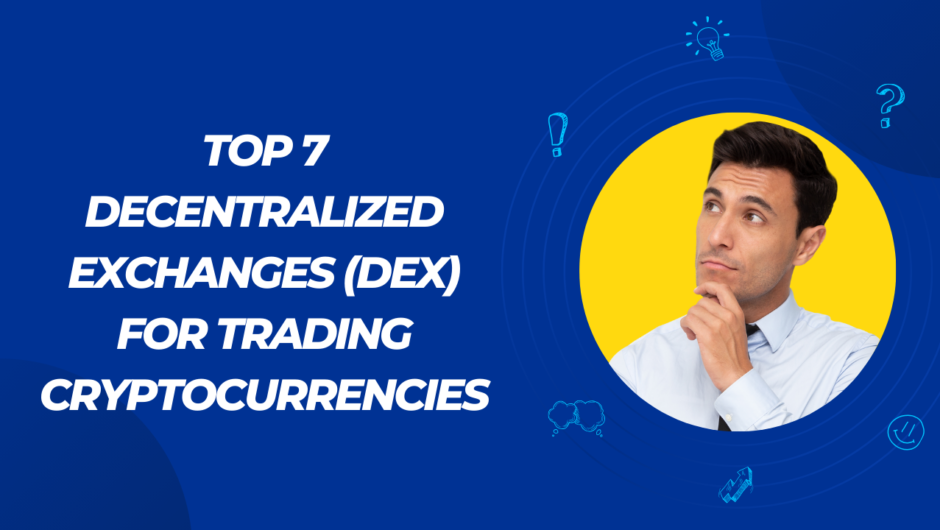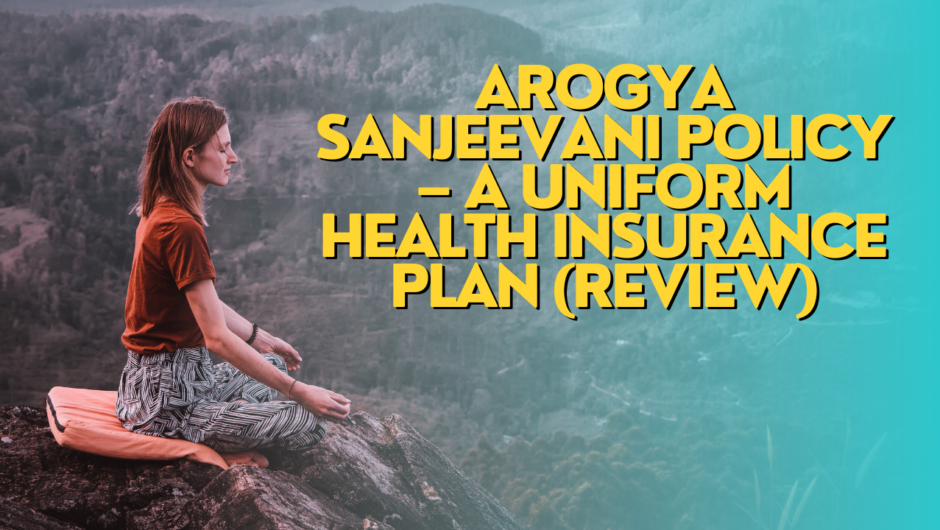The cryptocurrency market continues to evolve and mature, investors and enthusiasts are constantly on the lookout for altcoins with the potential for significant growth. In 2024, several altcoins are attracting attention due to their innovative technology, strong fundamentals, and promising use cases. These altcoins may offer opportunities for high growth and substantial returns on investment. However, it’s important to conduct thorough research and due diligence before investing, as the cryptocurrency market can be volatile and unpredictable. In this dynamic landscape, identifying altcoins with the potential for high growth requires careful analysis and strategic decision-making.
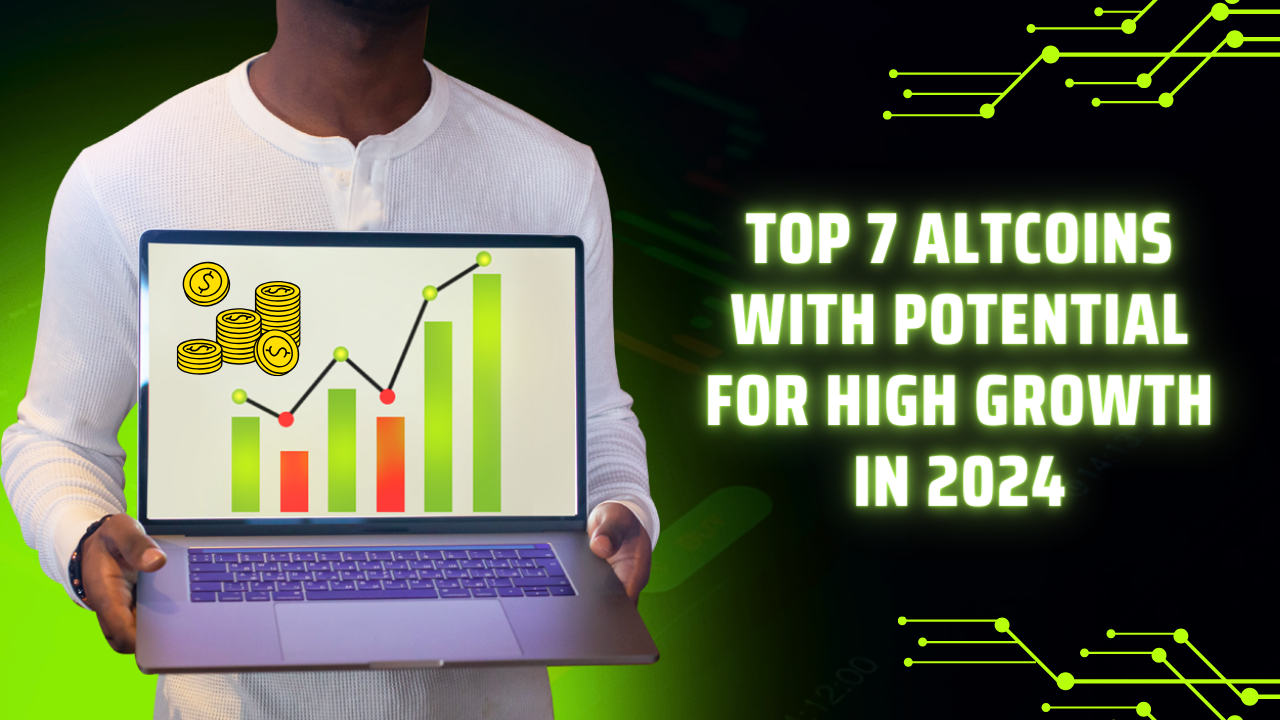
Top 7 Altcoins with Potential for High Growth in 2024 are:
1. Ethereum (ETH)
With a market capitalization of $205 billion, Ethereum (ETH) stands out as the largest altcoin in the cryptocurrency market, comprising over 17% of the total crypto market cap of nearly $837 billion. Unlike Bitcoin, which is primarily seen as a decentralized currency, Ethereum operates as a distributed computing network. It serves as a platform where users can deploy decentralized applications (dApps) and execute smart contracts.
Ethereum’s significance lies in its ability to facilitate a wide range of decentralized applications and smart contracts, contributing to the growth and innovation of the crypto ecosystem. Despite criticisms surrounding high transaction fees, Ethereum’s extensive network and the multitude of apps and altcoins built on its blockchain ensure its enduring relevance and staying power in the market. Ethereum continues to play a pivotal role in driving blockchain innovation and fostering decentralized finance (DeFi), non-fungible tokens (NFTs), and various other use cases. Its robust ecosystem and developer community further solidify Ethereum’s position as a cornerstone of the crypto industry, indicating that it is poised to maintain its influence and market dominance for the foreseeable future.
2. Polkadot (DOT)
Polkadot (DOT) emerges as a significant player in the cryptocurrency market. It serves as the backbone of the Polkadot ecosystem, offering developers a versatile platform to construct specialized blockchains that interconnect with the main Polkadot blockchain hub. Max Thake, co-founder of peaq, a blockchain network operating on Polkadot, highlights the unique architecture of the ecosystem, where DOT plays a central role.Polkadot’s innovative approach to blockchain development has garnered significant attention within the crypto community, as it addresses key challenges such as scalability, interoperability, and governance.
By providing a scalable and adaptable framework for building interconnected blockchains, Polkadot empowers developers to create tailored solutions for specific use cases while benefiting from the security and consensus mechanisms of the overarching network. The growing adoption and utility of Polkadot underscore its potential for further growth and expansion in the cryptocurrency landscape. With its emphasis on interoperability and decentralized governance, Polkadot continues to position itself as a leading platform for building the next generation of blockchain applications and driving innovation in the decentralized ecosystem.
3. Solana
Solana is a prominent player in the realm of decentralized finance (DeFi), applications, and smart contracts. Designed to facilitate rapid and secure transaction processing, Solana operates on a distinctive hybrid consensus mechanism comprising proof-of-stake (PoS) and proof-of-history (PoH). This innovative approach enables Solana to achieve exceptional scalability and performance, distinguishing it as one of the fastest blockchains in existence.
Solana’s architecture is optimized to support the burgeoning DeFi ecosystem, providing developers with a robust platform to build decentralized applications (dApps) and execute complex smart contracts with efficiency and reliability. By leveraging its unique consensus mechanism and cutting-edge technology stack, Solana offers users a seamless and high-throughput blockchain experience, capable of handling a vast number of transactions per second.
The platform’s emphasis on scalability and speed has propelled its adoption across various sectors of the crypto industry, attracting developers, projects, and investors alike. Solana’s ability to process transactions quickly and securely positions it as a promising solution for powering the next generation of decentralized applications and financial services.
4. Cardano
Cardano is one of blockchain technology, particularly due to its early adoption of the proof-of-stake (PoS) consensus mechanism. By implementing PoS, Cardano has effectively streamlined transaction processing. Eliminating the competitive and energy-intensive problem-solving process inherent in platforms like Bitcoin. A significant milestone in Cardano’s journey was the launch of the ‘Alonzo’ hard fork on September 12, 2012. This pivotal event marked the introduction of smart contract functionality to the blockchain space. Unlocking a new realm of possibilities for decentralized applications (dApps) and digital asset management.
Remarkably, within just one day of the Alonzo hard fork, over 100 smart contracts were deployed on the Cardano blockchain. This underscoring the platform’s readiness for innovation and development. The integration of smart contracts positions Cardano as a versatile and robust platform for building decentralized applications. Facilitating a wide range of use cases across various industries, including finance, healthcare, and supply chain management. As a result, Cardano has garnered significant attention and support from developers, enterprises. The broader cryptocurrency community, solidifying its position as a key player in the blockchain landscape.
5. Litecoin (LTC)
Litecoin was engineered to address issues such as slow transaction processing speeds and mining monopolies. Unlike Bitcoin, which has transitioned more into a “store of value,” Litecoin is designed for everyday transactions. Emphasizing usability and accessibility in the digital currency realm.
One of Litecoin’s distinguishing features is its focus on transaction speed and efficiency. By employing a different hashing algorithm (Scrypt) than Bitcoin’s (SHA-256). Litecoin aims to facilitate faster block generation and transaction confirmation times, enhancing the overall user experience for cryptocurrency transactions. Additionally, Litecoin boasts a distinct supply model compared to Bitcoin. While Bitcoin is capped at a maximum supply of 21 million coins. Litecoin’s maximum supply is set at 84 million coins. This difference in supply dynamics contributes to Litecoin’s unique value proposition and may influence its adoption and usage in various contexts.
6. Tron (TRX)
Tron (TRX) stands out as a blockchain platform offering developers the opportunity to share media content and develop decentralized applications (DApps). Beyond its utility for content sharing and DApp development. TRX has also demonstrated robust activity in the decentralized finance (DeFi) space, evidenced by its substantial Total Value Locked (TVL). Total Value Locked (TVL) is a crucial metric in the DeFi ecosystem. It is representing the total value of crypto assets locked or deposited within DeFi protocols such as staking, lending, or liquidity pools. A high TVL indicates the popularity and adoption rate of a cryptocurrency within DeFi applications.
As of the latest data from DeFi Llama, TRX boasts a notable TVL of $5.43 billion. Reflecting significant user engagement and adoption within various DeFi protocols. This substantial TVL underscores TRX’s relevance and utility within the broader decentralized finance landscape. Positioning it as a key player in facilitating diverse financial activities on blockchain platforms.
Tron’s combination of media-sharing capabilities, DApp development opportunities, and robust DeFi participation highlights its versatility and potential for widespread adoption across multiple sectors of the cryptocurrency ecosystem.
7. Polygon (MATIC)
Polygon (MATIC), facilitating the development of decentralized applications (dApps) with reduced transaction fees. Designed to address Ethereum’s scalability challenges, Polygon leverages the Ethereum network to enable swift transaction processing and enhance the overall user experience. Polygon introduces a multi-chain system to Ethereum, akin to other blockchain platforms such as Polkadot, Cosmos, and Avalanche. By leveraging Ethereum’s security, vibrant ecosystem, and openness.
Polygon aims to enhance scalability while maintaining compatibility with the Ethereum network’s existing infrastructure. One of Polygon’s notable features is its utilization of the plasma framework and proof-of-stake solution. This enables efficient execution of smart contracts. This combination enhances transaction throughput and reduces latency. Offering users a seamless and efficient experience when interacting with dApps built on the Polygon platform. Polygon is well-positioned to play a pivotal role in facilitating the development of innovative applications and driving further adoption in the cryptocurrency space.
Conclusion
In 2024, altcoins present a compelling opportunity for high growth, driven by innovative technologies and increasing adoption. With a diverse range of projects offering solutions to scalability, interoperability, and decentralization challenges. Altcoins like Ethereum, Polkadot, Solana, Cardano, Litecoin, Tron, and Polygon stand out. These projects leverage unique features and functionalities to address current limitations in the cryptocurrency space, attracting investors and developers alike. As the cryptocurrency market continues to mature and evolve, these altcoins are poised to experience significant growth. Potentially reshaping the landscape of decentralized finance (DeFi) and blockchain technology in the years to come.
Also Read:
- What is Dividend Investing and How to find Dividend Stocks?
- How do new mobile banking apps help access savings account better?
- Financial Advisor in India – The Best for your Financial Planning?
- What is inflation and how it impacts your financial plan?

Hello, I am Tanisha Kriplani, graduated in computer science from Delhi University. I am passionate about web content writing and have a strong interest in Data Analytics and Data Engineering.

